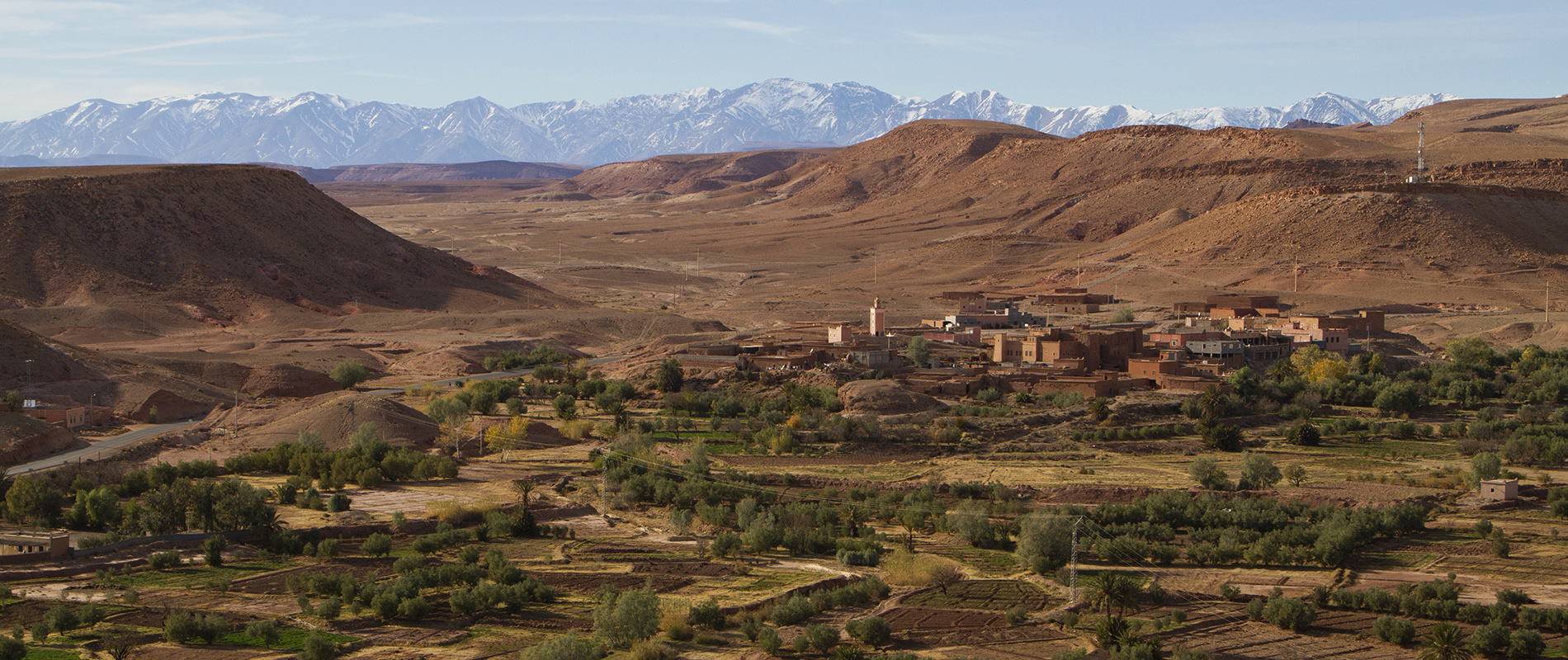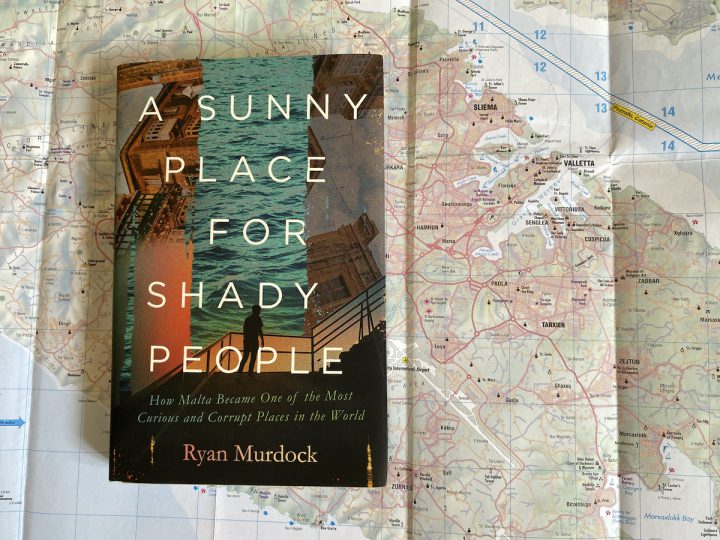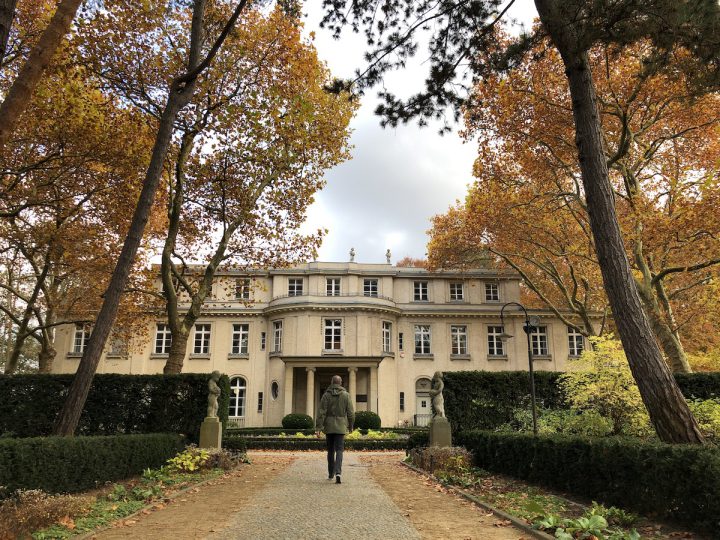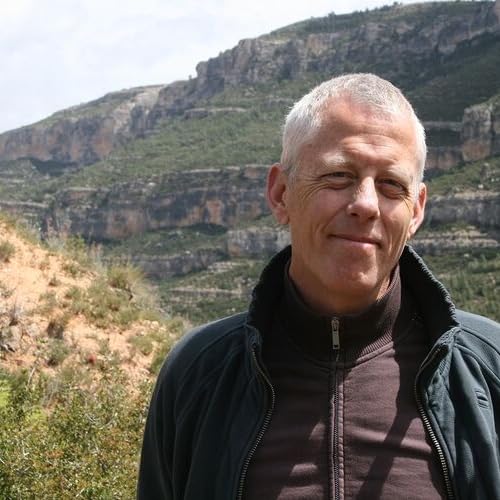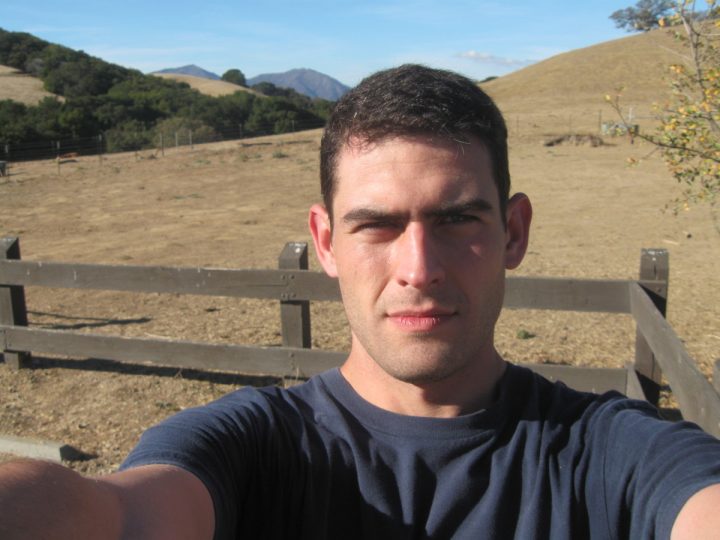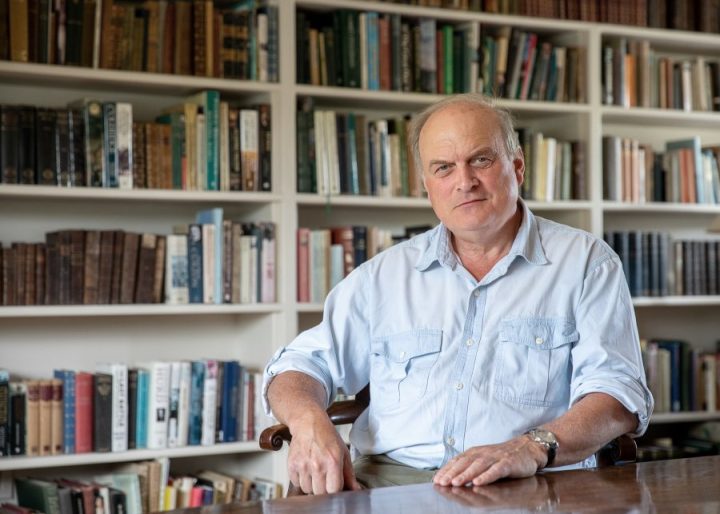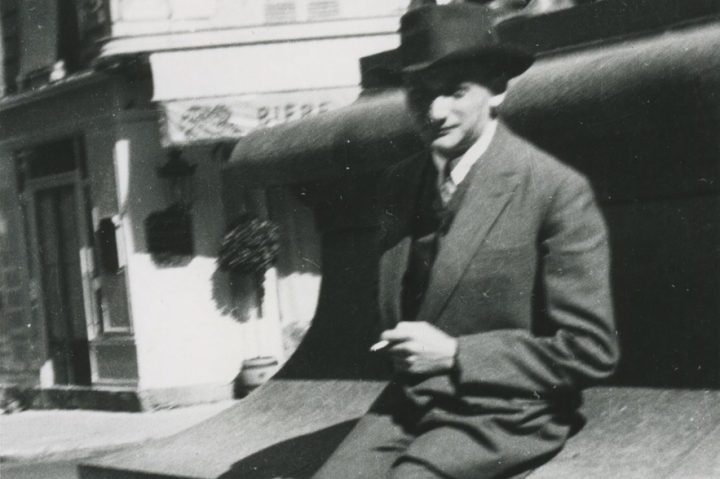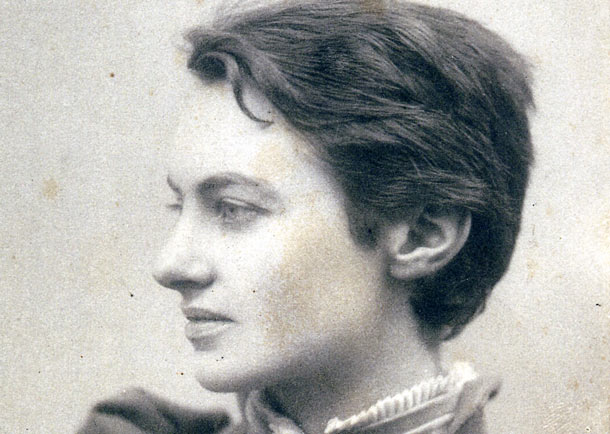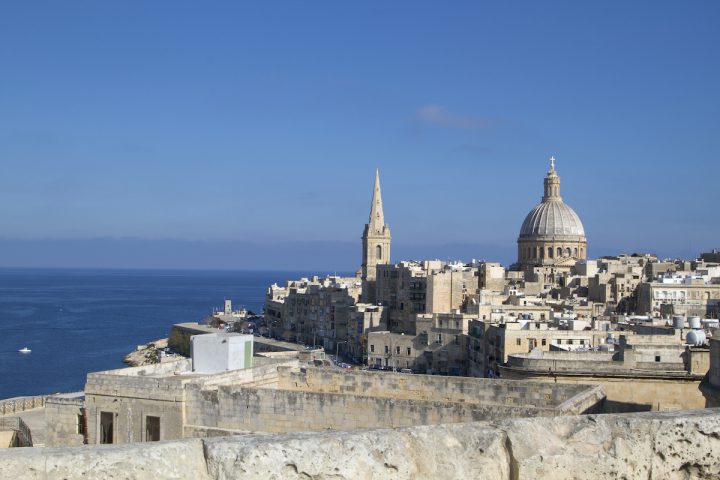
I want to give you a rare behind-the-scenes look at what it’s like being an investigative journalist in Malta after the car bomb assassination of Daphne Caruana Galizia. And so I reached out to my friend Caroline Muscat, founder and editor-in-chief of The Shift, the Maltese investigative news portal where I was a weekly columnist for over four years. If you’ve read my new book A Sunny Place...
